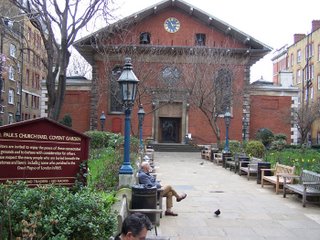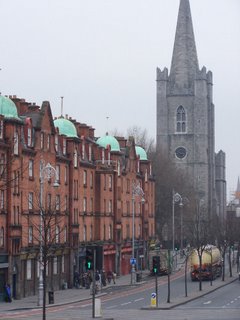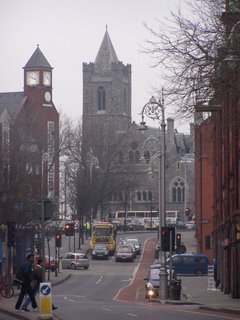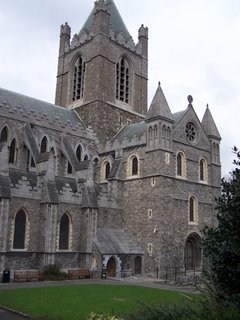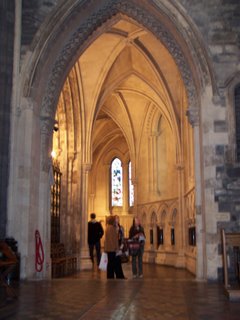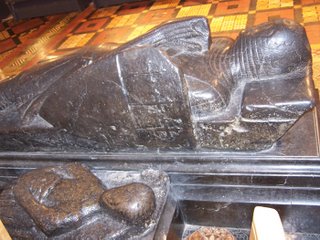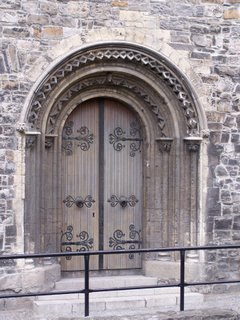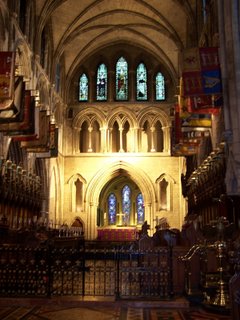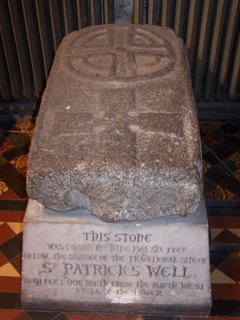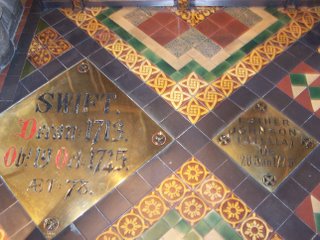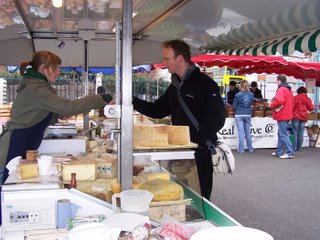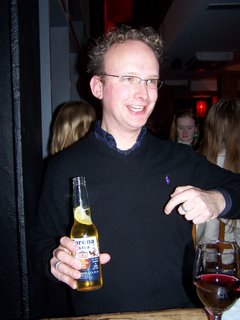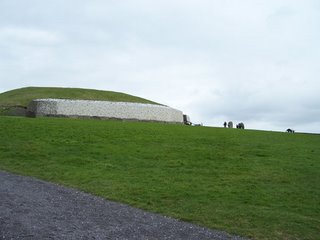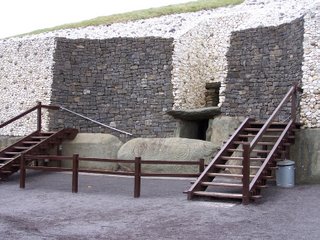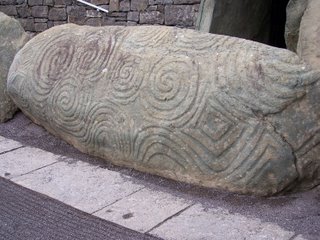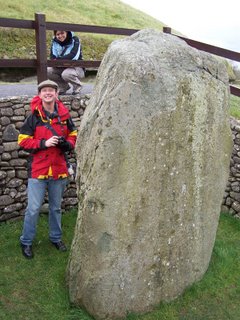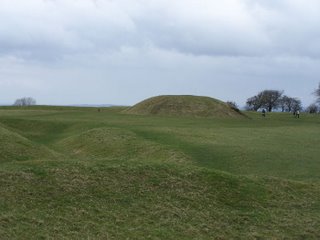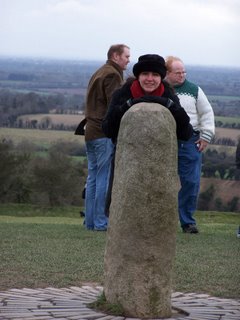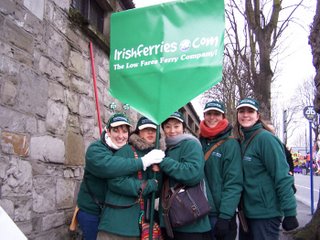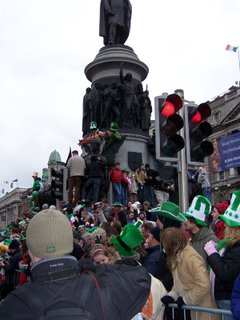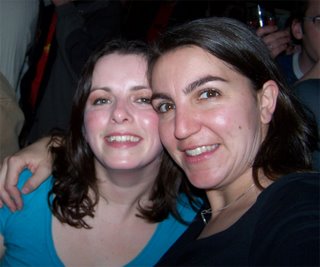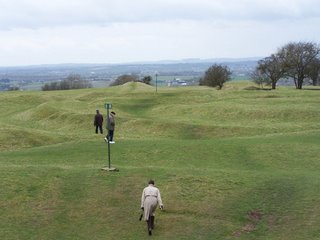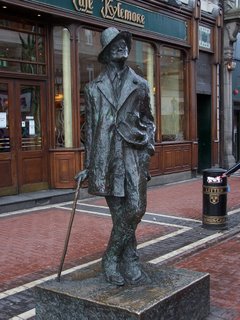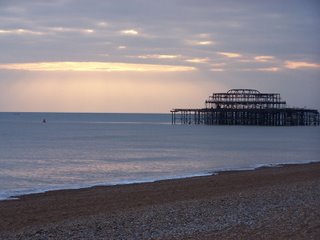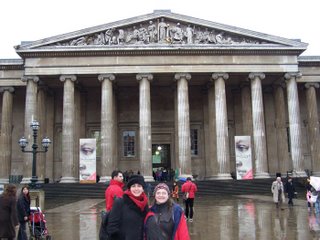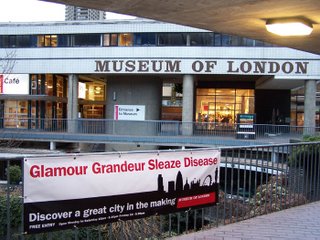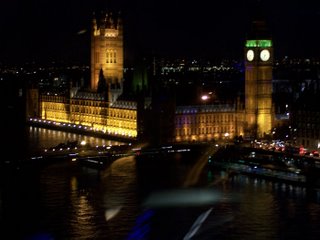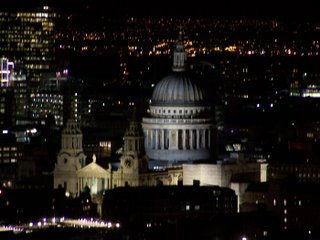So I found myself traipsing back down the Strand when I stumbled across a palatial set of buildings around a square. I discovered that Somerset House, as it's called, was free, so in I went.
I'm always amazed at how history lurks around every corner. Edward Seymour, Lord Somerset had himself declared Protector of England after the death of Henry VIII in 1547 left 9 year old King Edward VI on the throne (Seymour was older brother of Jane Seymour, Henry's third wife and Edward VI's mother).
The ambitious regent built Somerset House on the north bank of the Thames, uprooting several churchyards to make space and demolishing their buildings to provide cheap masonry. It wasn't a popular move and, when it was found he'd reburied exhumed bodies in unconsecrated ground, he was arrested for treason, convicted, and beheaded at the Tower of London in 1552.
He never saw his grand palace finished and it passed into the hands of the Crown. A young Princess Elizabeth lived there for a time and later, housed a succession of her thwarted suitors there. Anne of Denmark, Henrietta Maria and Catherine of Braganza (the wives of James I, Charles I and Charles II, respectively) held their courts here, but by the 1770s the palace had been abandoned and fallen into such disrepair that it was demolished and rebuilt, with a sweeping arched entrance that allowed boats to moor beneath the house itself. The new Somerset House (constructed at a cost of more than £250,000 over 25 years) accommodated government and Naval offices. It has some of the prettiest stairways ever - pointed out to me by an old bloke who is writing a book on the place, and who is the first person I've seen in England to initiate a conversation with a stranger.
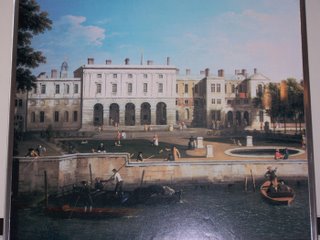
Above - Somerset house in the 16th centurey and, below, in modern times.

Stumbling away from this pomp and grandeur in search of food, I wandered into Covent Garden market. Mostly a tourist market these days, it features lots of street theatre, from musical theatre duets to a knife-juggling tightrope walker, as well as the Beatrix Potter Shop and very yummy baked spuds for under 3 quid.
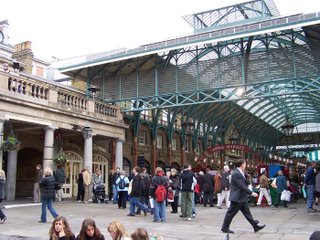
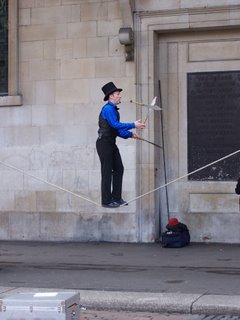
Last but not least I wandered past St Pauls (the church, not the cathedral), opposite the market. The portico of this church is where the opening scene of George Bernard Shaw's "Pygmalion" (later the musical 'My fair lady') is set. It has for years been known as the Actors Church and its interior carries memorials to stage and screen stars including Vivien Leigh and WS Gilbert (of Gilbert & Sullivan fame, who was baptised here).
Far older than movies, St Paul's churchyard holds the first recorded victim of the Great Plague of 1665, Margaret Porteous, buried on April 12 of that year. By year's end, more than 100,000 Londoners had died from this disease spread by rats, before the Great Fire of 1666 scourged the city. Ironically, signs on the garden benches in the grounds bear this warning: "Please do not feed the pigeons, as the area is being over-run by rats".
Eugh.
